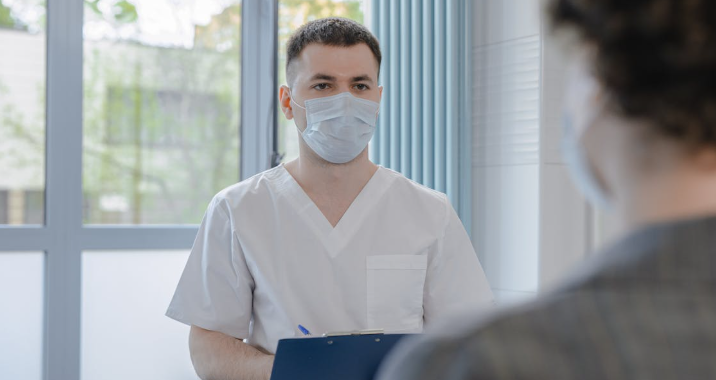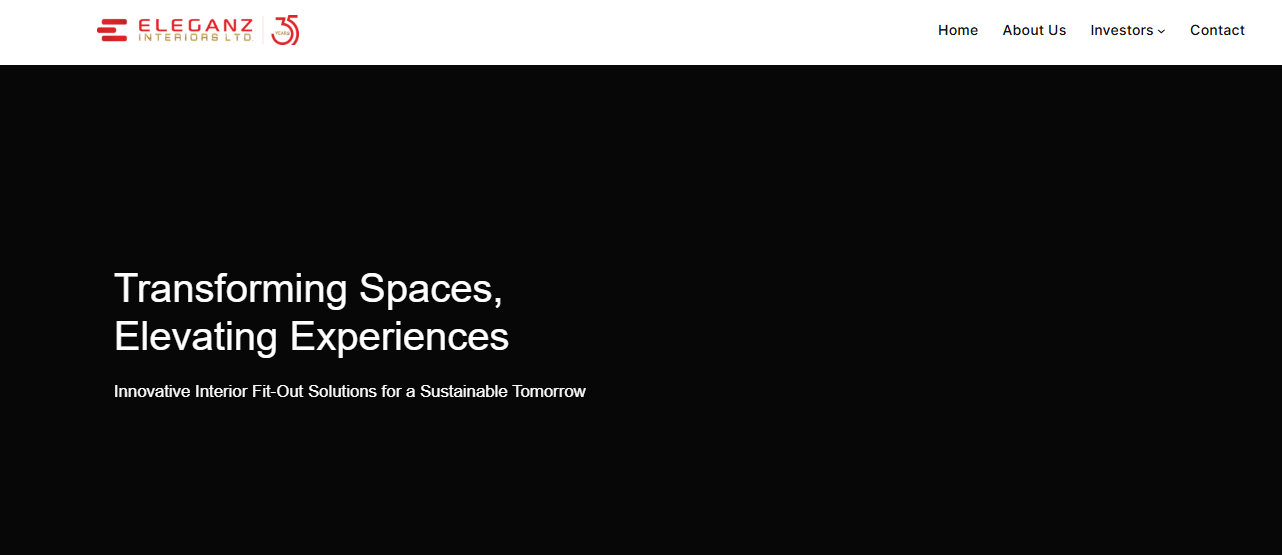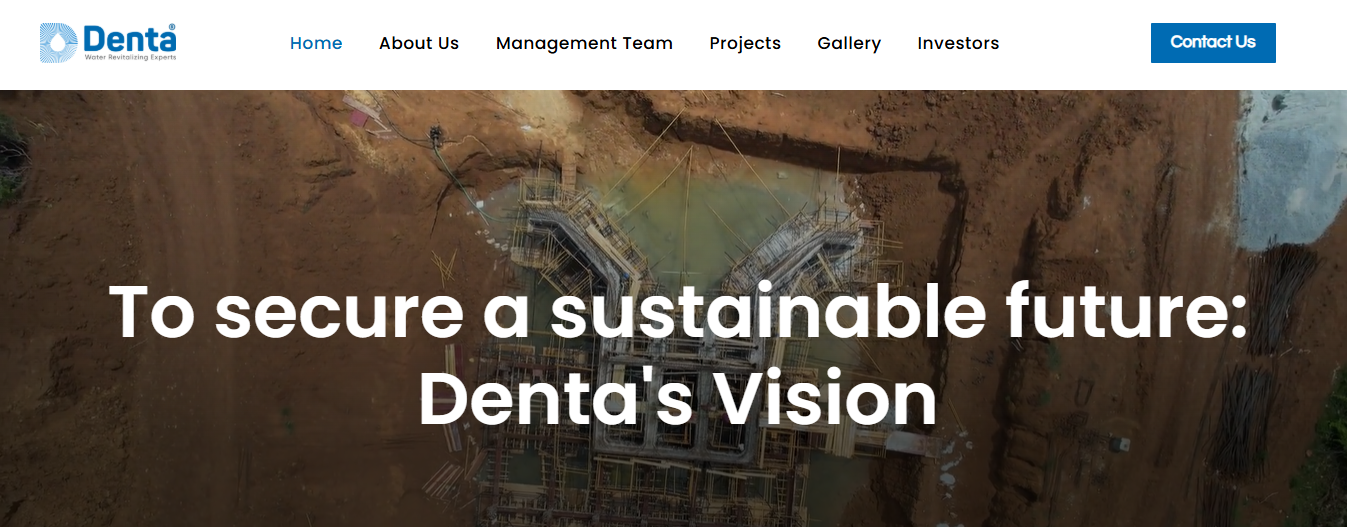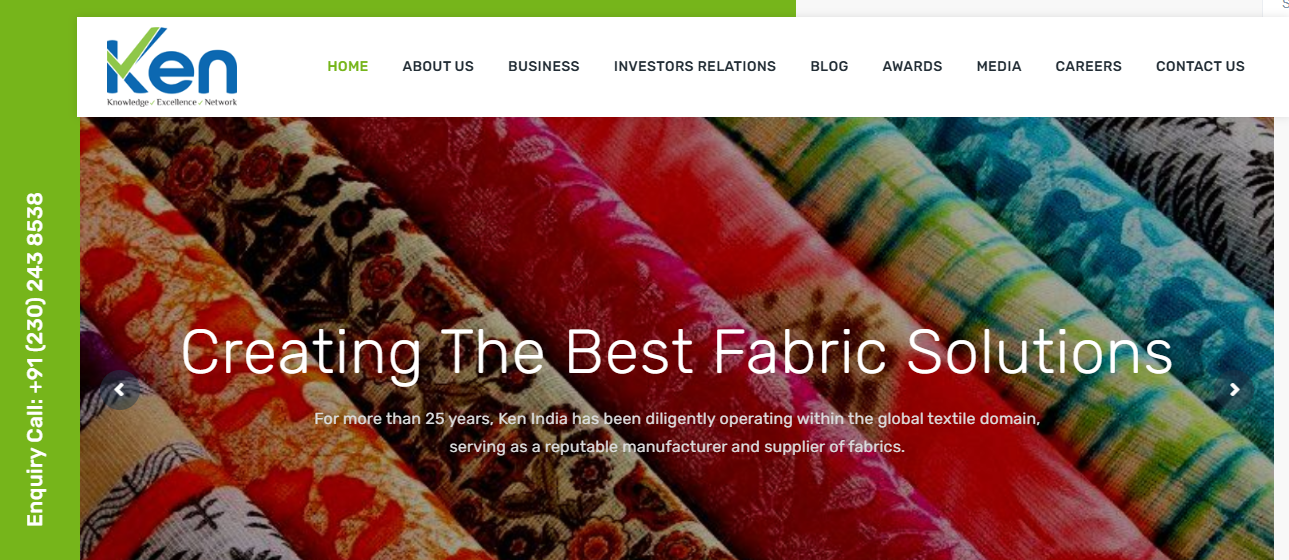
Healthcare Industries in India: The 27th WAIPA World Investment Conference, to be held in New Delhi from 11th to 14th December, is a medium where business and world leaders, representatives of investment promotion agencies (IPAs), and other business stakeholders meet and discuss world events. The investment conference is crucial for networking and knowledge sharing, besides boosting economic growth through investment opportunities in the life sciences sector.
Nearly 40% of the global life sciences sector (market size of $6 Trillion+) lies in innovation-based products. Finding gaps in the life sciences industry and extending opportunities for knowledge exchange through the investment forum could help surge the industry’s competitiveness on a global scale.
Besides, the WAIPA World Investment Meeting could help create new investment opportunities for a robust R&D and innovation ecosystem, enabling India to be self-reliant in pharmaceuticals besides medical devices.
Medical Industry: The Sunrise Sector
The medical devices industry is one of the sun-up sectors in India, estimated to reach $50 Bn by 2030 with a CAGR of ~16%. In the last five years, the transfer of medical devices has been increasing at a rate of 9.37%. India’s policy to allow 100% foreign investment under an automatic route in the medical campaigns sector has helped attract significant investments. The cumulative FDI inflow in medical devices was $3,228 Mn from April 2000 to September 2023, while drugs & pharmaceuticals recorded $21,581 Mn in FDI in the same period.
The Government is taking hands-on measures to make India a global medical technology and device hub. Under the PLI Scheme for Medical Devices, through an outlay of INR 3,420 Cr, 26 projects with a combined investment of around INR 1,206 Cr have been approved, and so far, speculation of INR 716 Cr has been achieved.
Pharmaceutical Sector to Promote Economic Growth
India’s pharmaceutical industry, through a market size of $50 Bn, is expected to reach $120-130 Bn over the next decade. During FY 2022-23, the Department of Pharmaceuticals approved 13 FDI proposals, resulting in a foreign investment inflow of INR 2,814 Cr in the brownfield projects of the pharmaceutical sector. The PLI Scheme for Pharmaceuticals is projected to boost the production of high-value foodstuffs, with an outlay of INR 15,000 Cr over six years. The scheme has garnered INR 16,199 Cr in investment from the selected 55 applicants against the likely investment of INR 17,425 Cr in the pharmaceutical subdivision over the scheme period in the first year of implementation. Against the expected employment of 1 Lakh over the scheme period, 23000 persons have been given employment so far.
The PLI sub-scheme for Key Starting Materials (KSMs)/ Drug Intermediates (DIs)/ Active Pharmaceutical Ingredients (APIs) has been designed to boost domestic manufacturing of KSMs, DIs, and APIs. The total financial outlay of the PLI scheme for APIs from FY 2020-21 to FY 2029-30 is INR 6,940 Cr. The projects initiated under the scheme are expected to generate employment for around 10,598 persons.
Medical Value Travel
India’s medical value travel market size stood at ~$3 Bn in 2020 and is estimated to reach $13 Bn by 2026. The medical value travel industry is registering significant growth due to the high-quality treatment options at low costs and ease of travel that India offers.
The predominantly private-backed sector has been receiving sustenance from the Government to make India’ the Global Destination for Medical Tourism’. With a health workforce comprising 13,00,000+ allopathic doctors, 8,00,000+ Ayush doctors, 13,00,000+ allied health professionals, 17,00,000+ pharmacists, and 34,00,000+ nurses and ANMs, India has the required manpower and conduct facilities to accommodate the growing number of medical tourists in India.
The inbound traffic of foreign patients is crucial for the country’s monetary growth and for promoting other allied sectors such as tourism and hospitality. With an enhanced focus on medical value travel, the Government can encourage modern and traditional treatments, further strengthening India’s global competitiveness in the global healthcare industry.
Latest Developments
India’s med-tech ecosystem is growing at a daunting rate and is projected to reach a market value of $50 Bn by 2025. These startups are at the forefront of enabling innovation in healthcare, contributing to developing forward-thinking technological solutions for enhanced healthcare. For instance, by leveraging robotics, AI, and big data, these startups are broadening their capabilities to transform multiple areas of medical care. Wearables providing real-time health-related information have become popular among the masses due to their ease of usage, enabling people to monitor their vitals and take necessary interventions. Besides, the rapid emergence of telemedicine platforms, such as eSanjeevani, has helped to scale healthcare in remote parts of the country, making healthcare more accessible and affordable.
Conclusion
India’s pharmaceutical sector has maintained its competitiveness in the global market due to its price competitiveness and quality. Initiatives such as the Production Linked Incentive Scheme for Pharmaceuticals and Medical Devices have catalyzed this sector’s growth and development. India has successfully evolved in the global value chain, transitioning from being a generic drug manufacturer to introducing high-value patented drugs and new technologies like cell and gene therapy. This has a huge impact on the global healthcare and medical devices industry.
As a result of increased investments and business opportunities explored through investment conferences such as WAIPA WIC, India’s life science sector is poised to experience substantial growth in the coming years.
Faqs
[faqs]
What is the status of the healthcare sector in India?|Inadequate Medical Infrastructure: India has a shortage of hospitals, particularly in rural areas, and many existing healthcare facilities lack basic equipment and resources. According to the National Health Profile, India has only 0.9 beds per 1000 people, out of which only 30% are in rural areas.
What is the current healthcare situation in India?|According to the Global Healthcare Security Index 2021, India ranked 66 out of 195 countries with an overall Index score of 42.8, along with a change of -0.8 from 2019. According to the Health and Health Systems ranking of countries worldwide in 2021, by health index score, India was ranked 111 out of 167 countries.
[/faqs]





